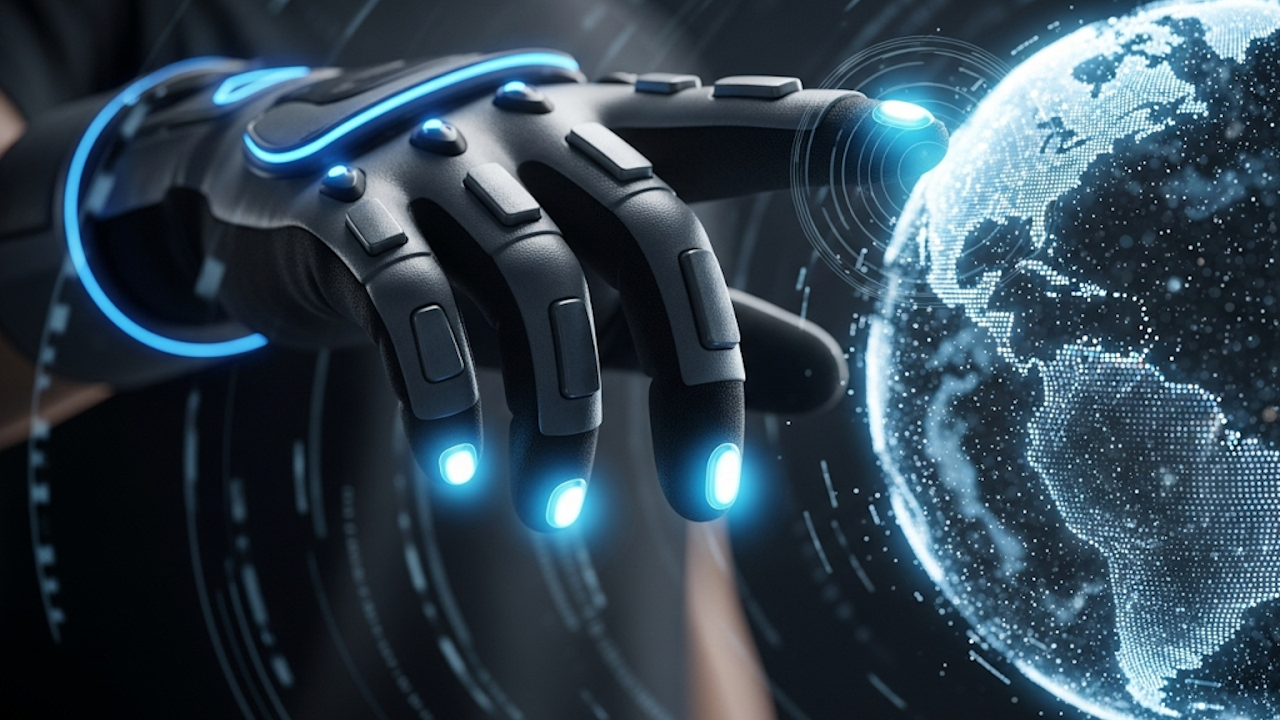Haptic technology, often called haptics, is a field that recreates the sense of touch by applying forces, vibrations, or motions to the user. From the subtle buzz of a smartphone notification to the immersive feedback of a gaming controller, haptics is transforming how we interact with the digital world. This technology isn’t just a novelty; it’s a fundamental shift in user experience, moving beyond sight and sound to engage our most primal sense, touch.
The Science of Touch
The human sense of touch is incredibly complex, relying on a network of receptors in our skin called mechanoreceptors. These receptors are responsible for detecting pressure, texture, temperature, and pain. Haptic technology works by stimulating these receptors to create the illusion of a physical sensation. The most common form of haptic feedback is vibration. A small motor with an unbalanced weight, known as an eccentric rotating mass (ERM) motor, spins to create a buzz. A more advanced method uses a linear resonant actuator (LRA), which moves a mass back and forth to create sharper, more precise vibrations.
However, haptics is evolving beyond simple buzzing. Force feedback systems use motors or actuators to apply resistance or pressure to the user, simulating the feel of pushing a button or grabbing a virtual object. These systems are common in flight simulators and surgical training tools, where a realistic sense of resistance is crucial. Kinesthetic feedback goes a step further, providing a sense of position and motion. For example, a robotic arm might guide a user’s hand through a virtual procedure, allowing them to feel the correct movements.
Applications Across Industries
Haptics is no longer confined to gaming and mobile phones. Its applications are rapidly expanding into diverse fields.
Consumer Electronics
In smartphones, haptics provides a tactile confirmation of actions, like typing on a virtual keyboard or receiving a call. The technology is so refined that it can even mimic the feel of different textures or simulate the weight of a notification. Smartwatches use haptics for silent alarms and navigation alerts, discreetly tapping the user’s wrist.
Gaming and Virtual Reality (VR)
Gaming is a primary driver of haptic innovation. Controllers now offer a rich range of sensations, from the jolt of a gunshot to the subtle rumble of an engine. In VR and augmented reality (AR), haptics is essential for creating a truly immersive experience. Haptic gloves and suits allow users to “feel” virtual objects, like the texture of a rock or the pull of a bowstring. This feedback makes the virtual world feel tangible and believable.
Automotive
Haptic technology is enhancing driver safety and user experience in cars. The steering wheel or gas pedal can vibrate to warn the driver of lane departure or an impending collision. Haptic feedback in the dashboard can confirm a button press without the driver having to look away from the road, reducing distraction. This is a subtle yet significant step towards safer, more intuitive vehicles.
Medicine and Healthcare
Haptics has immense potential in medicine. Surgical training simulators use force feedback to let students feel the resistance of tissue, making their practice more realistic. In physical therapy, haptic devices can guide a patient’s movements, helping them retrain muscles and improve coordination. It is also being explored for remote surgery, where a surgeon could operate on a patient miles away and “feel” their way through the procedure using haptic feedback.
The Future is Tactile
As haptic technology becomes more sophisticated, we can expect to see it integrated into nearly every aspect of our lives. The next generation of haptics will likely involve ultrasound and electrotactile feedback, which can create the sensation of touch on a user’s bare skin without any physical device in contact with them. This could lead to a future of truly touchable holograms and user interfaces projected in the air.
However, challenges remain, including the cost of advanced hardware, the need for standardized software protocols, and the complexity of accurately simulating a wide range of sensations. Despite these hurdles, the trajectory is clear: haptics is moving us toward a more intuitive, multisensory digital world. We are no longer just seeing and hearing our devices; we are beginning to feel them. This shift will redefine how we work, play, learn, and interact with the technology that surrounds us, making the digital world feel as real as the physical one.

